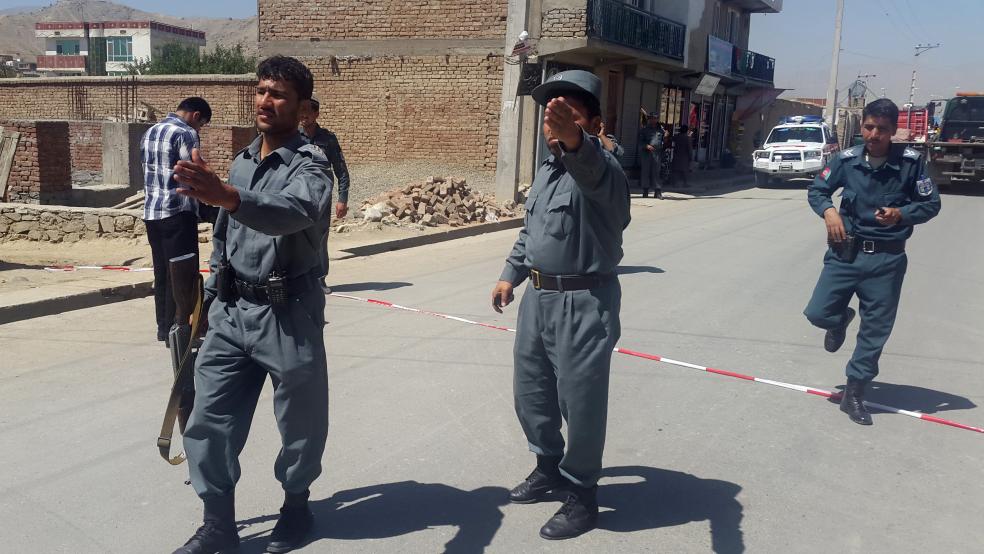Fifteen years after the U.S. invaded Afghanistan to hunt down the perpetrators of the 9/11 attacks; thirteen years after former Defense Secretary Donald Rumsfeld declared an end to “major combat” there; five years after al Qaeda leader Osama bin Laden was killed; and two years after President Barack Obama announced that most American troops would be withdrawn by the end of 2016 (now 2017), the Taliban continues to claw its way back to power.
Related: After $68 Billion to Train Afghan Troops, No Exit for the US in Sight
If there is one thing that is certain in this tumultuous presidential election, it is this: Whoever replaces Obama will have to deal with the mess in Afghanistan that he leaves behind – the one he inherited from George W. Bush almost eight years ago and was unable to clean up.
Billions of U.S. taxpayer dollars have been spent trying to build up an Afghan army and instill Western values in a hard-bitten land of warlords and tribal hostilities that has never been successfully controlled or changed by a foreign power.
Now a new report by the Special Inspector General for Afghan Reconstruction (SIGAR) that points to a resurgent Taliban and failing social programs – including improving the plight of Afghan women -- begs the question, “Why are we still there?”
Related: The Taliban Has Overtaken ISIS as the World’s Top Terror Group
In its 33rd quarterly report to Congress, SIGAR says that “approximately 63.4% of the country's districts are under Afghan government control or influence as of August 28, 2016, a decrease from the 65.6% reported as of May 28, 2016.”
A New York Times story last weekend was even more pointed. Citing UN data, it said that this year the Taliban has gained control of more territory than it has in 15 years. It also said that last week scores of Afghan soldiers surrendered and that September saw surrenders or defections by police officers who abandoned 20 outposts in Oruzgan province.
Since 2002, SIGAR reported, the U.S. Congress has appropriated just over $115 billion to support Afghanistan “relief and reconstruction,” including almost $69 billion on security forces. SIGAR breaks down that number into four funding categories: security, governance and development, humanitarian, and oversight and operations.
Those reconstruction numbers are not to be confused with America’s total cumulative cost of operations in Afghanistan since the invasion. Neta C. Crawford, a political science professor at Boston University and co-director of the Costs of War Project at Brown University’s Watson Institute, estimated in a study released in September that the U.S. has spent more than $780 billion there, including payments to Pakistan for such things as drone strikes. (That figure includes some of the reconstruction money audited by SIGAR, but it’s hard to be sure exactly how much given the “limited visibility” the Pentagon provides into its spending, according to the Watson Institute.)
Related: Losing the War on Heroin: Poppy Production Soars in Afghanistan
In a story Monday, the Times says that the Taliban has stolen a page from ISIS and is actively using social media as a propaganda vehicle to trumpet its victories and taunt the government. One video, for example, showed Taliban fighters cruising around the outskirts of Lashkar Gar, the capital of a southern province, in a captured American Humvee; the government has said there were no insurgents near there. In recent days, the Times said, the Taliban released video footage – shot from cameras mounted on a drone -- of a suicide-bomb attack in Helmand Province.
A bumper crop of opium poppies this year is helping to fuel the Taliban resurgence. The SIGAR report says that since 2002, the U.S. has spent $8.5 billion on counter-narcotic efforts “yet this year saw a 43% increase in opium production, according to the United Nations. Eradication results are the lowest in a decade because of security challenges, namely in Helmand Province.”





